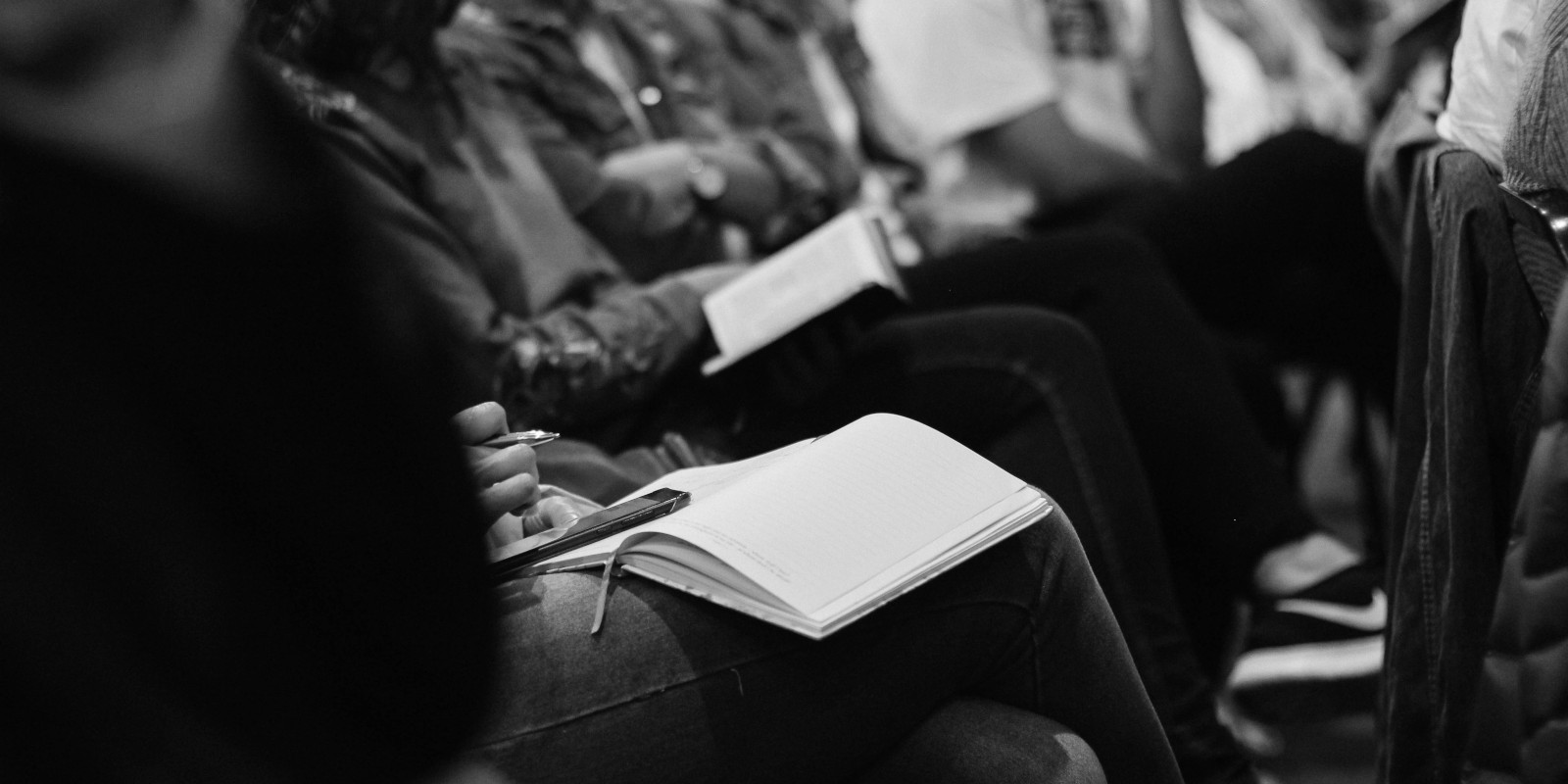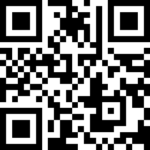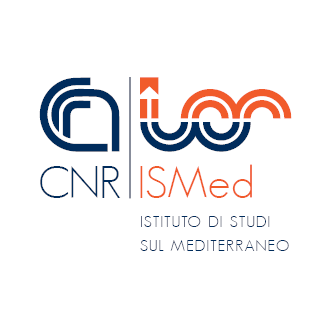Societies and cultures of the ancient Mediterranean

Societies and cultures of the ancient Mediterranean
SEMINAR OF THE CYCLE
Studying the Mediterranean. Categories, keys to interpretation, points of observation
Societies and Cultures of the Ancient Mediterranean:
sculpture as a cognitive tool
9 May 2024 10.00 a.m.
CNR-ISMed
Humanities Pole (VI floor)
Via Cardinale Guglielmo Sanfelice, 8
80134 Naples
Remote participation on Teams platform

It is not possible to build lasting relationships through words alone. This is easily understandable for us who live in ‘societies of images’. But ancient societies were also ‘societies of images’ and in our attempt to understand them, we cannot ignore the history of their visual culture. Since the image, by its very nature, is both denotative and connotative, document and testimony, the archaeologist who studies the figurative products of a civilisation has the opportunity to learn, through the objects, not only specific aspects of artistic technique and culture, but also many of the complex social phenomena that result from the interactions between the buyers, makers and users of those objects.
According to this approach of archaeological research, which combines quantitative and qualitative methods with new interpretative models (some of which are inspired by modern social research), sculptures represent, no less than other objects of material culture, useful heuristic tools for the cultural, economic and social history of the ancients. Through the presentation of case studies related to the production of marble and bronze sculptures in the Greek and Roman worlds of the ancient Mediterranean, the seminar will attempt to take stock of the changes in the study of artistic processes in the classical world and to illustrate the multiple networks of relationships that link sculptures to the societies of the past, of which they are an expression, and to present-day societies, to which they have come as an inheritance, looking at the contexts of their original production and those of their ancient and post-antique fruition.
THE SPEAKER. Stefania Pafumi is a research archaeologist at CNR-ISMed. She works on material culture and artistic processes in the Greco-Roman world and in particular on the production of marble and bronze sculpture; on museums and collections of antiquities (16th-18th centuries); on the survival and fortune of antiquity; on the digitisation and enhancement of cultural heritage. She is involved in interdisciplinary projects on the sculptural collections of the Civic Museum of Catania and on the Catanese antique collections of the 18th century (Biscari and Benedictine). She supervised the study and virtual reconstruction of the bronze Quadriga of Herculaneum in the Archaeological Museum of Naples. She is scientific responsible for ISMed in the excavation and enhancement project of the Roman villa in Realmonte (Agrigento). She has published the Hellenistic traditional sculptures in the Farnese Collection of the National Archaeological Museum in Naples. His latest publications include the monograph Disiecta membra, Frammenti di statuaria bronzea di età romana del Museo Civico di Catania, Rome 2020.
PROGRAMME
SPEAKER
Stefania Pafumi
CNR-ISMed
INTRODUCES AND MODERATES
Andrea Ercolani
CNR-ISMed
FINAL DEBATE
SCIENTIFIC COMMITTEE
Gabriella Corona, Desirée A.L. Quagliarotti
CNR-ISMed
INFO AND CONTACTS
desiree.quagliarotti@ismed.cnr.it
www.ismed.cnr.it
HOW TO PARTICIPATE:
The seminar is open to the public, subject to availability. You can participate remotely on the Teams platform
Poster and programme 2023-2024 attached.
Last update
12 April 2024, 16:27

 CNR – ISMed
CNR – ISMed